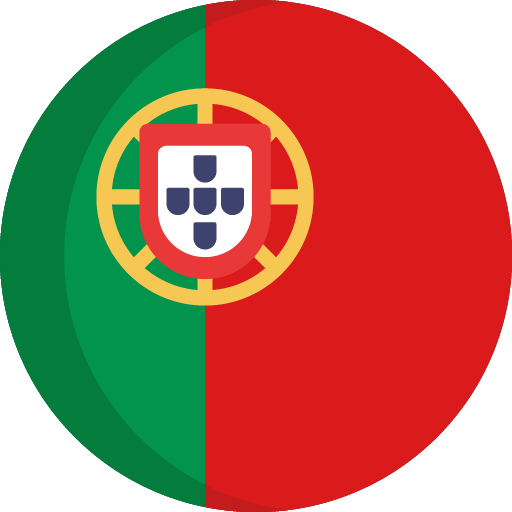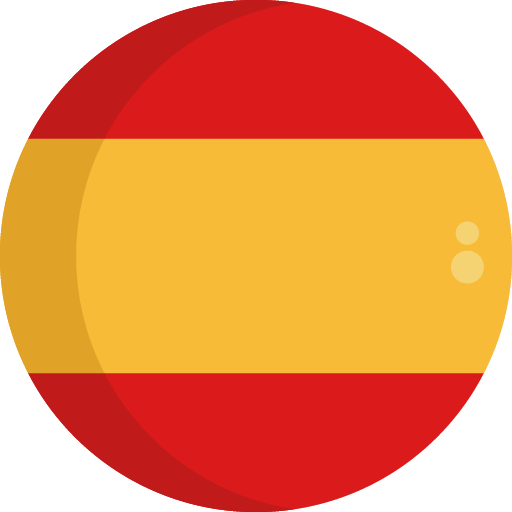Section 139h
Jesus' daily routine during Passion Week
Jerusalem, in the temple & The Mount of Olives
| Luke 21:37-38 |
| 37Each day Jesus taught in the temple courts, but at night he would go out and stay at the mount called Olivet. 38And all the people would come to him early in the morning to listen to him in the temple courts. |
Notes
Mount of Olives
The mountainous ridge called the Mount of Olives stretches totay from the Hebrew University Mount Scopus campus in the north to the Jewish cemetery and beyond, to the village of Silwan in the south. Between these two ends of the mountain are the olive trees from which the mountain takes its name. The area at the bottom of the mountain would have been the place for the olive gardens and an olive press, “Gat shemen” in Hebrew, from which the name “Gethsemane” comes.
The gospels record on more than one occasion Jesus’ sorrow for Jerusalem as he made his way down the slopes of the Mount of Olives. It was a path he would have known from childhood from His many visits to Jerusalem.
Down the road from Bethphage He came riding on a donkey colt with palm branches symbolic of Judaea strewn along the way. “Hosanna!” (“save now!”) was the cry upon the lips of the people (Matthew 21:1-9). This prayer from Psalm 118:25 was a request for salvation. Yet Jesus knew that these cries would be changed within a week to “Crucify him!” He wept again for Jerusalem, for He knew what would befall the people in less than one generation as the city would be besieged and taken.
Temple Mount
For many people, their first view of the Temple Mount is from the Mount of Olives to the east. The most easily recognized area of Jerusalem; the Temple Mount is located within the walls on the eastern side of the Old City. The site of the Temple of Solomon, and of the later Temple built by Herod the Great (which is the temple Jesus visited), is now an enormous stone platform upon which stands the golden covered Dome of the Rock and the Al Aksa Mosque.
Here Jews come to pray at the Western Wall; here Muslims come to pray at the Dome of the Rock and the Al Aksa Mosque. Here Israeli soldiers and the Arab Temple Mount Police protect what may rightly be called the most revered spot on the face of the earth.
Solomon built the First Temple on the threshing floor that his father David had purchased from Arunah the Jebusite (2 Samuel 24:18 25). The site was hallowed as the place where God stayed the hand of Abraham as he was about to sacrifice his son Isaac on Mount Moriah (2 Chronicles 3:1), and where God stopped the plague against the Israelites (2 Samuel 24:15 18). In addition to the Temple and its associated buildings, Solomon built other magnificent structures between the City of David and the Temple Mount.
Southern Steps of the Temple
The main public access to the Temple was from the southern steps. People entered and exited through a double and triple gate, together called the Huldah Gate. These gates had to handle enormous crowds during feast days; estimates as high as 500,000 people at a time. The triple arched gate was the entrance and the double arched gate served as the exit. Although the double and triple gates have been filled in, you can still see their outlines in the walls near the well-preserved steps of the monumental staircase.
The triple gate to the east led to a tunnel that brought worshippers up to the Temple and the columned porches. To leave the Temple they would exit the double gate on the west and go down a staircase 4 times larger than the entry staircase, since everyone was leaving at the same time. The steps below the wider staircase are well preserved and are one of the few places you can walk where you are sure Jesus walked. An interesting exception to the rule about entry and exit gates regarded mourners. According to the Talmud, they were to go in and out against the traffic in order that people would know of their loss. People would then extend their condolences by saying, “May He who dwells in this House give you comfort.”
In this area we will also see ritual baths from the time of Christ, important inscriptions from the Temple, the street that runs inside the Western Wall tunnels, and the ruins from the Roman destruction of Jerusalem.



















